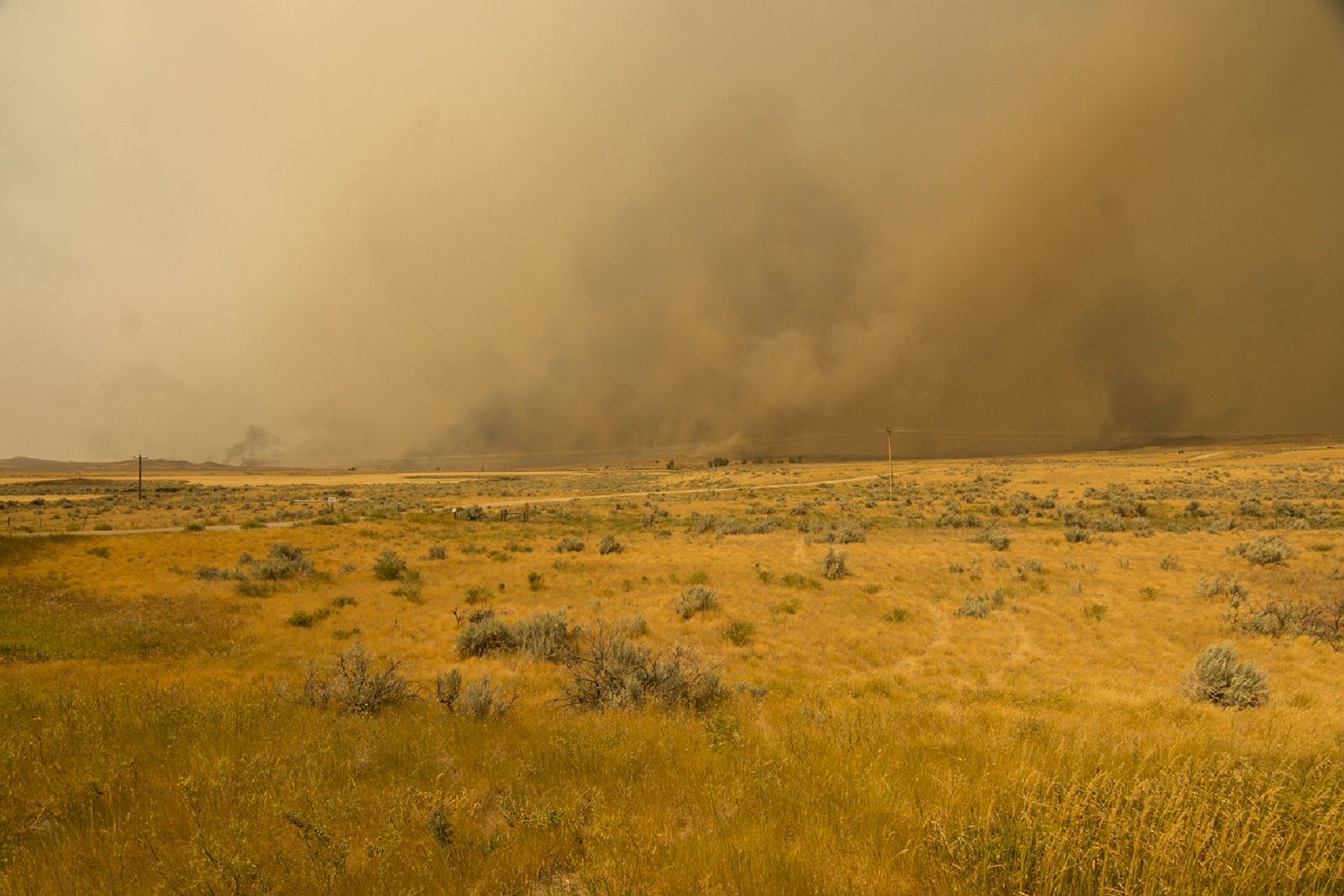It may still be wet and snowy in southwestern Montana, but wildfire season is just around the corner. And this year, Congress is getting a head start. Lawmakers approved several forest management reforms in the omnibus bill signed by the president last month, including the creation of a disaster fund to combat the escalating costs of wildfires.
The measure aims to end the practice of “fire borrowing,” in which the Forest Service diverts funds from non-fire-related accounts to pay to fight fires. Beginning in 2020, the agency can tap a separate wildfire disaster account after it exceeds its fire budget. The disaster fund will begin at $2.2 billion and grow to $3 billion by 2027.
Many are hailing the reform as a long-awaited “fix” to wildfire funding. But while the measure will indeed free up funds for the Forest Service to spend on forest restoration projects, it will do little to reverse the massive increase in wildfire expenditures in recent decades.
The reform will allow the federal government to fund wildfires like other natural disasters such as floods and hurricanes. But if disaster spending on floods and hurricanes is any guide, the change could have the perverse effect of increasing, not decreasing, overall wildfire costs.
The problem boils down to incentives. In practice, there are no limits on federal emergency-related disaster spending. Yet, in many cases, high levels of disaster-response expenditures can have the unintended consequence of encouraging more people to live in high-risk areas, and at considerable cost to taxpayers.
These perverse incentives are well known in the context of the National Flood Insurance Program. By offering government-discounted insurance rates to coastal homeowners, the program encourages people to build — and often rebuild — in flood-prone areas. Today, it is $25 billion in debt.
Treating wildfires as natural disasters will likely have similar effects. The Forest Service will be authorized to spend as much as it wants on wildfire suppression without any budgetary consequences. And with a limitless budget for fighting fires, more people will be willing to live in fire-prone areas, with taxpayers footing the bill for wildfire protection.
These trends are already underway. In recent decades, the Forest Service has shifted its focus from managing forests to fighting fires, prompting some lawmakers to call it “the Fire Service.” Current policies provide little or no incentive for cost savings, and many have criticized the agency’s widespread use of expensive aircraft-delivered fire retardant drops and costly backfires. But once a large fire is burning, something must be done, and these highly visible suppression tactics have political appeal.
Today, the Forest Service spends more than half of its budget fighting fires, up from 16 percent in 1995. This increase coincides with rapid population growth in the places with the greatest fire risk. A study by the Forest Service and other researchers released last month found the number of homes in the fire-prone wildland-urban interface grew more than 40 percent between 1990 and 2010.
The result is an over-investment in wildfire suppression and an under-investment in pre-fire risk mitigation. Congress’ budget “fix” will enable the Forest Service to avoid temporarily raiding its other accounts to fight fires — some of which are devoted to fire prevention — but it will not change the underlying incentives that lead to over-investment in wildfire suppression.
The omnibus bill does contain some modest provisions that could reduce wildfire risks. Montana’s congressional delegation included a provision that reverses the Ninth Circuit Court’s 2015 “Cottonwood” decision that has stalled much-needed fuel reduction projects such as the Bozeman Municipal Watershed Project, which aims to protect the city’s water supply from the effects of a catastrophic fire. The spending package also reduces red tape for small-scale hazardous fuel reduction projects.
But much more could be done. Rather than encouraging the Forest Service to exhaust its fire budget each year, Congress should allow the agency to bank unspent wildfire funds. Investments in “fire proofing” at-risk structures and “Firewise” preparedness programs would also help reduce wildfire costs. And other legislative proposals such as the Resilient Federal Forest Act, which is cosponsored by Rep. Greg Gianforte but was not included in the omnibus bill, would remove obstacles to larger-scale selective thinning and prescribed burning projects.
Fixing the wildfire problem will require more than just money to burn. It will require active forest management to reduce the risks of costly and devastating wildfires. The omnibus bill makes some small progress on this front, but rumors of a wildfire funding “fix” are greatly exaggerated.
This article was originally published in the Bozeman Daily Chronicle.




